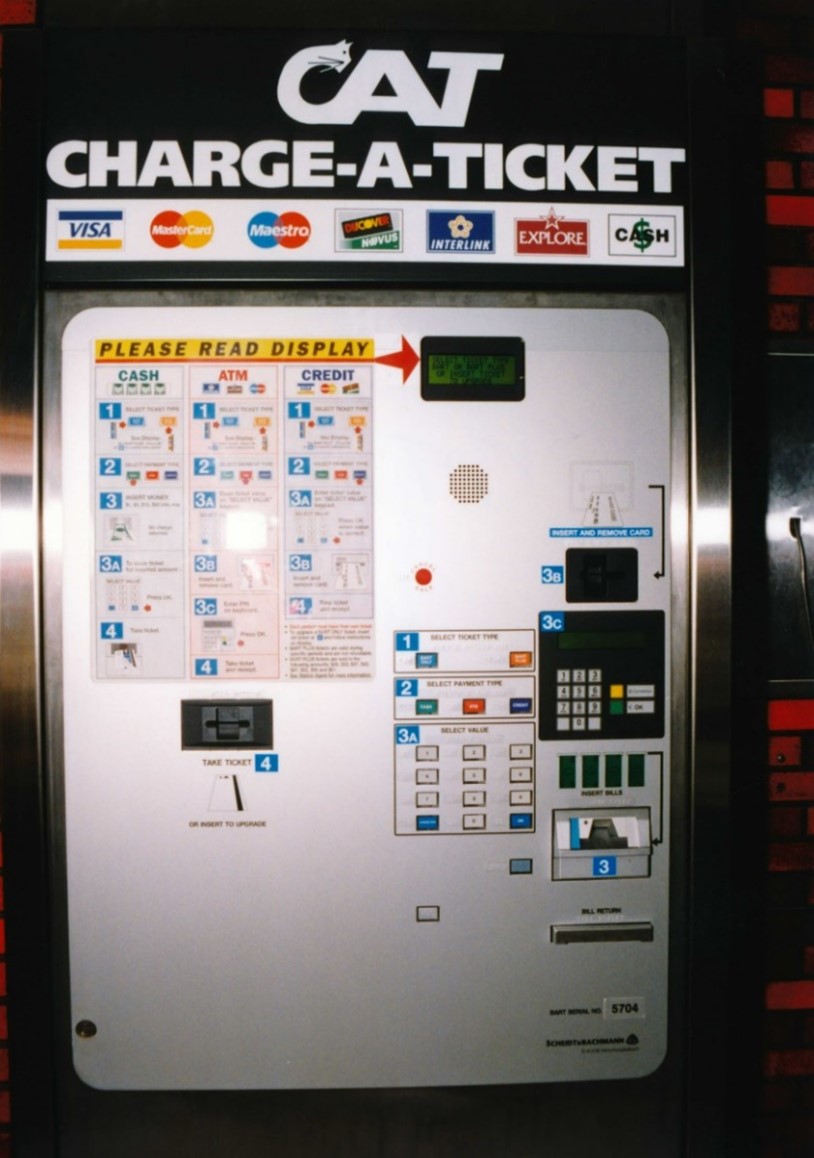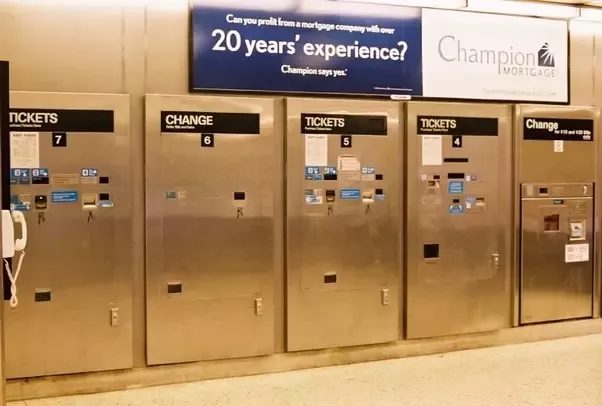Cubic seems to be the biggest vendor, although I'm not sure what their value proposition is when it comes to NFC fare cards from mobile devices. I remember Cubic because they were one of the original ticket equipment suppliers for the BART system in the San Francisco Bay Area. They had machines that could give change, although it was also possible to get to an exact value on a ticket by using their (IBM) change machines that took $1/$5 bills. A dollar would give out 3 quarters, two dimes, and a nickel. A half dollar (yes they were equipped to accept half dollars) would give out two quarters. And two quarters would give out two dimes and a nickel. IBM was the other supplier, which didn't really make sense. And IBM supplied the fare gates.
Strangely enough I found a history of this in some BART document. Cubic came later after IBM.
Generations of Equipment. Prior to 2002, there were three generations of existing equipment. The first- generation equipment was provided by IBM in 1972-3. The second-generation equipment was provided by Cubic Western Data (Cubic) in 1974-5. The third-generation equipment was provided by Scheidt and Bachmann GmbH (S&B) in 1995-7. Functionally, the Cubic equipment is virtually identical to the IBM equipment, except that change can be returned from the ticket vendors and addfare machines when a ticket transaction is involved. The second-generation equipment was enhanced primarily for treasury activities such as bulk loading coin hoppers and bill stackers. Dedicated money changers located in both the free and paid areas of each station provide change for the IBM equipment. IBM and Cubic TVM and AFM accept bills and coins for payment and issue BART Blue tickets only. The S&B equipment includes TVM, AFM and fare gates in the five recently opened stations, and Credit/Debit Vendors (C/DV) in 20 of the original 34 stations. The S&B TVM accept bills, coins, credit or debit card for payment and give change. The AFM accept bills and coins for payment and give change. The S&B Credit/Debit Vendors accept bills and credit or debit cards for payment. Scheidt and Bachmann’s TVM and Credit/Debit Vendors issue BART Blue and BART-Plus tickets.
Under AFC Modernization program contract 47BC-110, all fare collection equipment systemwide, including TVMs, AFMs and fare gates were replaced in 2003 with equipment provided by Cubic Transportation Systems (CTS). The equipment delivered by CTS and subsequently modified by either CTS or the District included the following functionalities:
There was also these limited number of machines (Charge-A-Ticket) that were different in that the tickets were in rolls that were then cut into tickets. These tickets were easily recognized by a little excess material (can't think of a technical term for it), although I would often trim it without any problem using it. They were the system's first fare equipment that accepted credit cards, an
I found a photo of BART's previous equipment. The change machine on the right looks like the ones still in service (only makes change for $10s and $20s into $5s), but the rest of the equipment is IBM and Cubic. 5-7 are IBM. 4 is Cubic, which had these little buttons to increase or decrease the ticket amount in $1 or 5 cent increments. It also had a change slot, but the IBM fare machines only had a slot for rejected coins (or cancelled transactions).
However, BART has gone exclusively with Cubic now, which probably makes it a lot easier to integrate with the Clipper fare card system rather than do all sorts of hacks to get it to work.























































